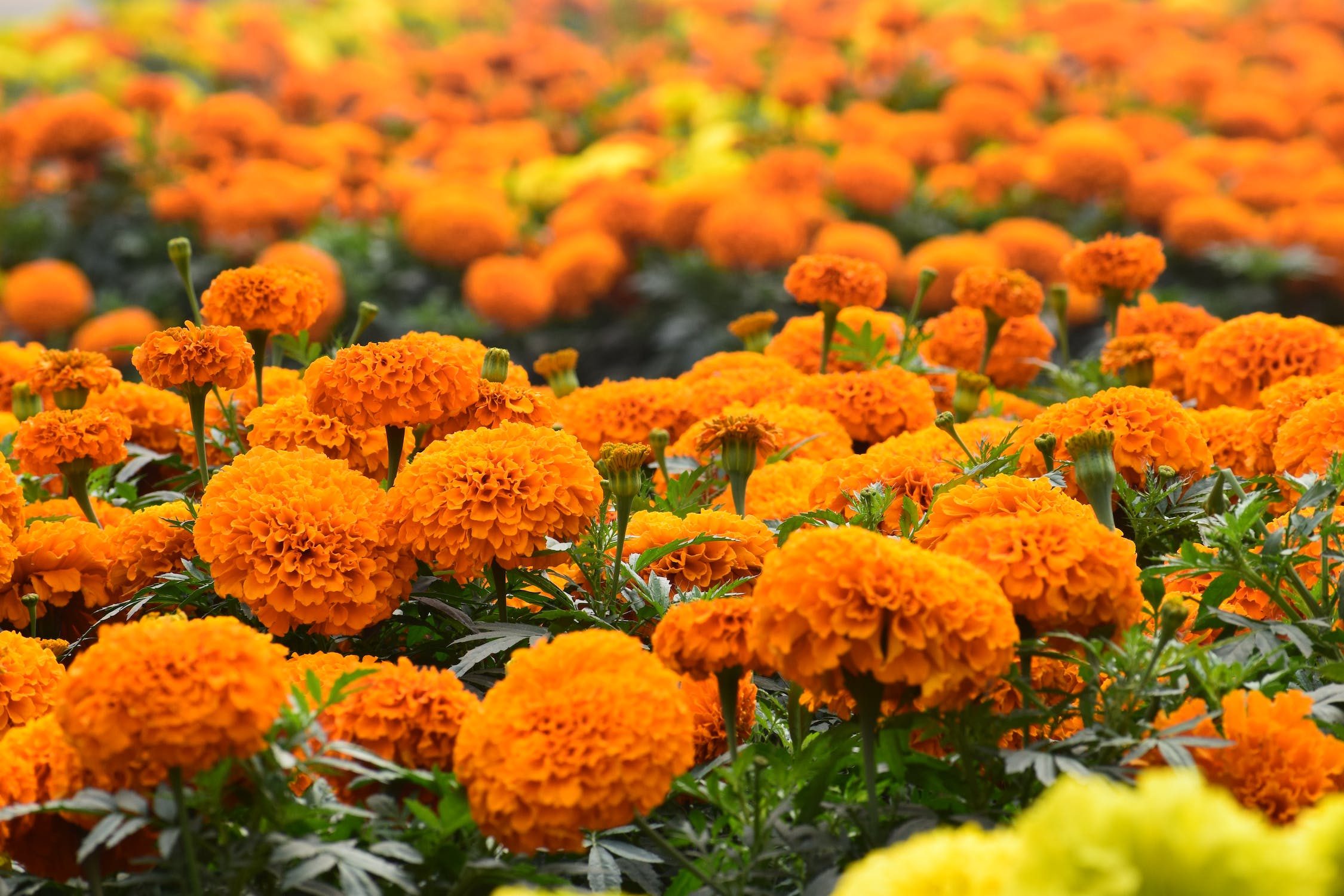 I am not a green thumb. I can barely keep basil and parsley alive. However, I recently learned about a planting strategy; it’s called companion planting.
I am not a green thumb. I can barely keep basil and parsley alive. However, I recently learned about a planting strategy; it’s called companion planting.
Companion planting is when particular plants help neighboring plants grow. One of the most effective companions for planting is the marigold. Marigolds have a knack for protecting other plants from pests and weeds. Plants that grow near marigolds are stronger and healthier. Gardeners will plant marigolds throughout their garden to help protect other flora.
I believe that marigolds exist in our classrooms, too.
It’s natural for middle school students to base social success on the number of friends they have. The more friends the better. It ranks them higher on the social ladder, no matter how meaningful those friendships are. It’s all about numbers.
As I reflect on my middle school years, appearing popular was absolutely a part of how I valued myself.
However, if I zoom in on the groups of people I hung out with, the marigolds in my life start to come into focus. This is a much smaller group of friends, and they are the ones who are still in my life today, even though they are spread across the country.
Students also have marigolds in their lives, too. The key is helping them identify who their marigolds are. Who makes them feel seen and heard? Who makes them feel stronger? Who do they want by their side at the end of the day?
Of equal importance, students also need help understanding that others depend on them as marigolds. Who do they notice coming to them for help or advice? Is it a sibling? A friend? A younger student?
Also important, how can students be marigolds for others? They can listen intently. They can speak up on behalf of others. They can ask thoughtful questions. They can make people smile. They can offer advice or a kind word. They can bring people back to center and remind them what’s important.
Marigolds act in small, simple ways. For students, those small acts can prepare them for bigger moments in the future.
Some students might think they don’t have any marigolds in their life. How can we help students recognize the marigolds around them? How can we help students to believe that they, like everyone, deserve to have marigolds in their lives?
As educators, you can model gratitude for all the marigolds in your classroom and school community. As a class, your students could work together to recognize the marigolds who make the school community a better, brighter place.
You can help your students consider two things:
- What can they do to appreciate the marigolds in their lives? How can students celebrate them and let them know they see them and value their support?
- What actions can students take to be marigolds for others? How can they protect and support their friends? How can they help and support those they might not know very well?
Gardens are richer and more vibrant due to marigolds. Your classroom will also be stronger if your students recognize that they have the capability to be marigolds while also noticing the amazing marigolds–and all that they do–in their own lives.




